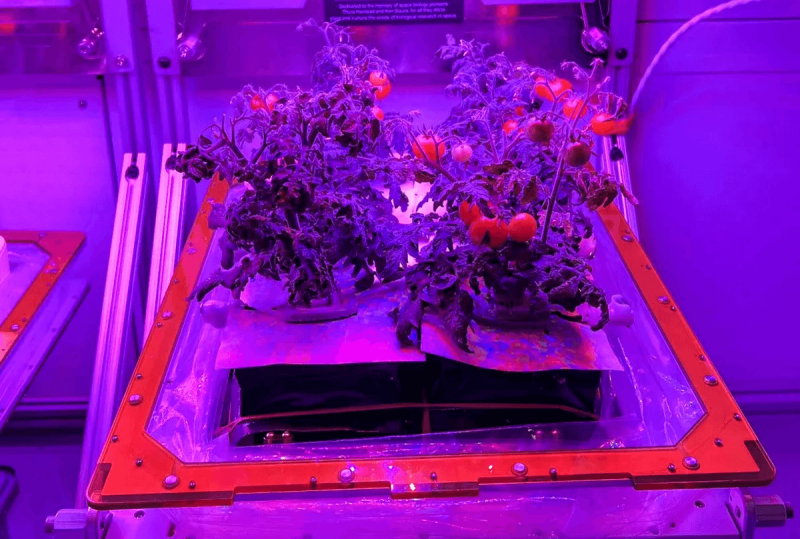Basically, the goal is to grow dwarf tomato plants (essentially cherry tomatoes) under two different light quality treatments in space, and in one ground-based parallel study. On Nov. 26, the mission’s precious tomato seeds were successfully sent up to the ISS via a SpaceX Falcon 9 rocket. Once some tomatoes have sprouted, the crew will analyze differences in fruit yield, nutritional composition and microbial levels, or amount of bacteria present.
…
In short, it seems NASA is gearing up for a hopeful future of deep space, Martian, and extra-long lunar astronaut expeditions.
Down the line, space crops may, fascinatingly, also turn out to surpass the nutritional value of Earth crops. Earlier this year, as an example, scientists presented their blueprint for what’s called transgenic lettuce, growable in outer space.
This special kind of lettuce is similar to its normal counterpart, except it’s genetically engineered to prevent bone loss, a medical complication that affects people in zero-gravity. Normally, astronauts have to inject themselves with substances that help ease the issue, but wouldn’t it just be better to eat a bone-loss-preventing salad? Perhaps there’ll be a way one day to modify all of Veggie’s fresh ingredients similarly, too.
Who knew salad could be so powerful?































